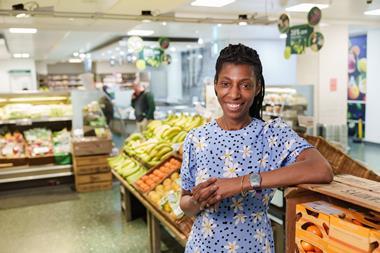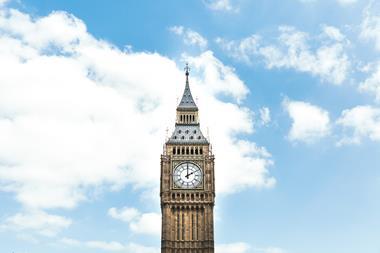Spring is in the air and the speculative season for soft commodities begins. As the northern hemisphere thaws, dries out and warms up, it is not just farmers, flour buyers, grain importers and bakers watching the weather and crop reports with interest - pure financial traders are too.
Is pure financial investment in food commodities a good thing - investing in the price movement of, say wheat, when the investor has no involvement in the actual product whatsoever?
That depends who one is in the global financial and food world. If the price of wheat rises and the investor has bought well, a good cash return is made. If that investor contributes to drive up the price of wheat then farmers may raise a toast.
However, the baker and consumer may be less pleased when the intermediaries (millers, wholesalers and supermarkets) say that while they prefer manageable inflation to deflation, they would rather have stability and visibility.
It is questionable whether there is manageable price change, stability and visibility in food prices these days. Does this question need to be aired more broadly as food prices rise and even in the historically advanced countries, food security goes up policymakers’ agendas?
Food security is, after all, a basic requirement for political stability and social cohesion and where it breaks down then the darker side of human nature can become all too apparent.
Generating wealth from investment in foodstuffs is a long-standing practice but is it the same as, say, buying and selling bonds, currencies and equities?
So, some more questions. While there are some day-to-day controls on trading, and governments still have powers to influence pricing, is pure financial trading in foodstuffs fundamentally different to other investment products? Is pure investment and its cheaper cousin speculation in foodstuffs, a good thing?
What do the participants in the food market think? Are the long-term interests of the food market in tandem with those of pure investors, noting that these could be divisions of banks, investment groups and pension funds that many millions of people are involved with?
Sign in to comment on this article
Not logged in before? Register for FREE guest access today.
You will be able to:
- Read more stories
- Receive daily newsletters
- Comment on stories
Advert









No comments yet